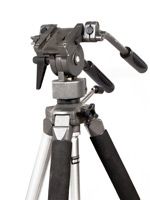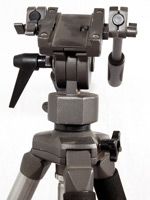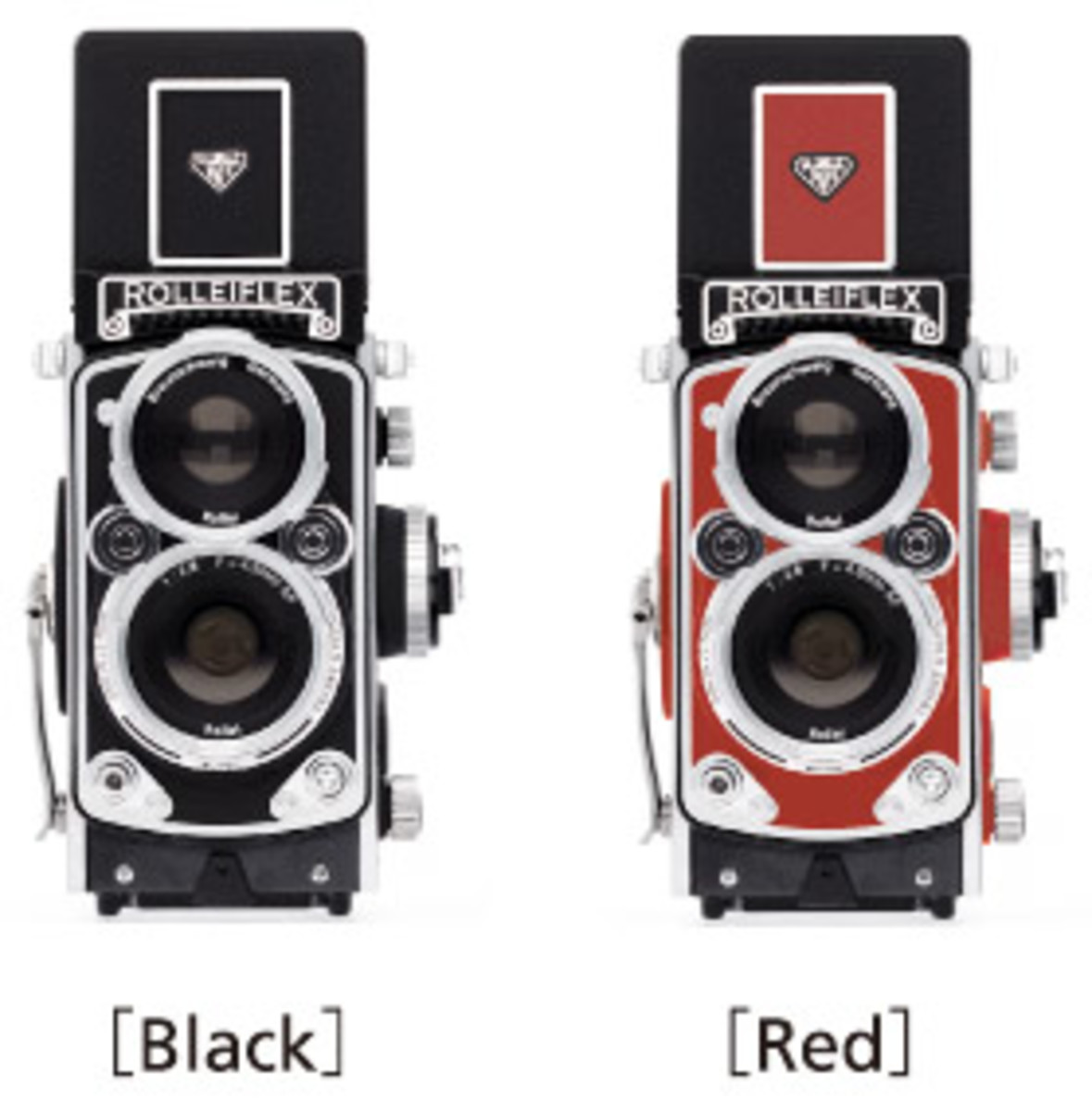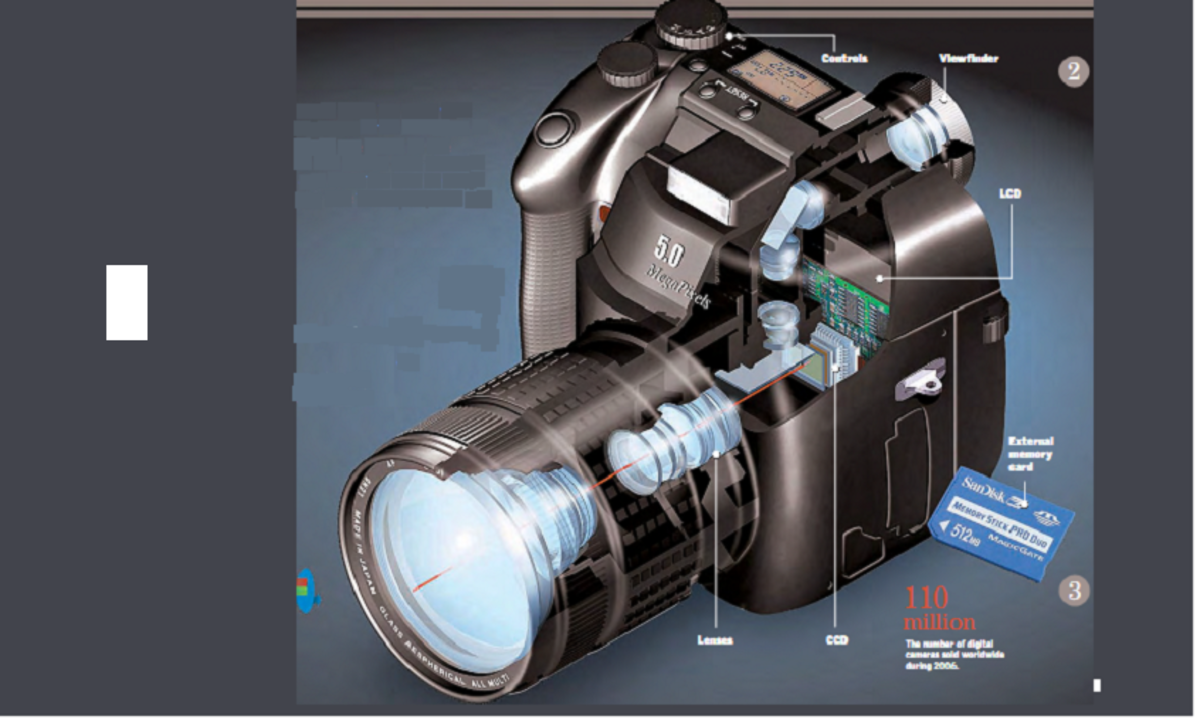- HubPages»
- Technology»
- Consumer Electronics & Personal Gadgets»
- Portable Electronics
6 Tips on Buying the Best Camera Tripod

What You Must Know Before Buying a Tripod
While tripods can be a tad unwieldy and you may not want to lug one everywhere, they can greatly improve your images. They will increase the sharpness of your shots, allow you to increase depth of field, improve your scenic and landscape shots and they're indispensable for macro photography and night photography. But not all tripods are alike, and not all photographers have the same needs. If you are shopping for one, you need to consider a number of things and ask yourself some questions so you get the best one for your situation.

Sharper Images, Better Scenic, Landscape & Night Shots
I hate when my photos come out blurry, don't you? Out of focus images are a drag, and a big reason for them is because of camera shake, even while using image stabilization. Ironically, the smaller and lighter the camera, the more difficult it becomes to hold it steady while you click the shutter. This is especially a problem when you are using a slower shutter speed. No matter how steady you think your hand is, you run the risk of ruining the shot with camera shake. While digital cameras make it easy to delete the photos we don't want, what do you do when you only have one shot and it's blurry? This is where a camera tripod becomes invaluable.
Using one whenever possible allows you to greatly improve your shots. The best tripods will allow you to get a sharper image and you have the opportunity to increase your depth of field for a more interesting shot. Scenic and landscape shots will benefit, and for close-ups and night scenes a tripod is key.
A tripod will hold the camera steady for a long exposure, i.e. a 5 or 10-minute exposure for low ISO settings and they are also popular for long exposure techniques like blurring moving cars.

Lightweight vs. Flimsy
A Cheap Tripod May Not Be the Answer
All tripods are not created equal, and you want to be careful and not "cheap out" or you could be disappointed. When looking for one, here are some considerations to help you find the best tripod to suit your needs.
Camera weight vs. tripod sturdiness and rigidity - If you have a small point-and-shoot, you can get by with a less expensive tripod, but if you have a Nikon D 3100 or other Digital-SLR with big lenses, a flimsy tripod might just keel over. It will likely not offer the support needed for a weightier camera. And if you are using it outdoors in windy conditions, you want to make sure your tripod doesn't blow over. The most important thing to keep in mind when buying a tripod is to make sure it is sturdy, otherwise you are defeating the purpose. If you have a pocket camera now but are considering an SLR in the future, keep that in mind during your buying process.
Popular Tripods on Amazon

Other Considerations
Number of Tripod Sections - the fewer the sections the more solid it is likely to be. You may lose some of the compactness when folded, because the more sections you can fold the smaller it will be to pack away. You can usually find designs in three- and four-section models and again, consider the type and weight of the camera you will be using.
Extension posts - Most tripods come with extension posts, but you should consider whether it has a mounting screw on the bottom so you can mount for low-angle shots. Some have a hook on the bottom so you can put on a weight to make the tripod steadier. This is handy during windy conditions as it will help keep it stable. Some have a removable post so you can take it off and replace it with one of a different size.
Extended Height - What are the minimum and maximum extension heights? In some instances you want it on the highest point, but other times, for macro photography, you sometimes want to get really close to the ground.
Tripod Head - The two main parts of a tripod are the head where the camera mounts and the legs, which extend. The better (and usually more expensive) tripods are sold with the head and legs sold separately so you can choose the style of head you prefer. A popular choice is the ball head because it is easily adjusted in a variety of ways, but there are many different styles. Also, getting a tripod with a quick release camera plate is really helpful. This will allow you to remove the camera quickly, take photos by hand and then easily put it back on the tripod.
Material - Lastly, check out the type of material and construction. The best and priciest tripods are usually made of carbon fiber composites, while the average one is often of aluminum construction and a tad heavier.
By reading this guide and asking yourself a few questions, you will be able to figure out what kind of tripod will best suit your camera and shooting style.
Get the Best Tripod You Can Afford
My best advise is don't cheap out. You want a tripod that will last. Spend a few extra dollars and get one that is sturdy and strong enough to hold a fairly weighty camera. If you just have an inexpensive, lightweight point-and shoot now, think ahead. Maybe you will be in a position to get a nice SLR in the future and that is going to weigh a lot more. You want a tripod that will be able to support your gear and won't fall over if the wind pick up..




